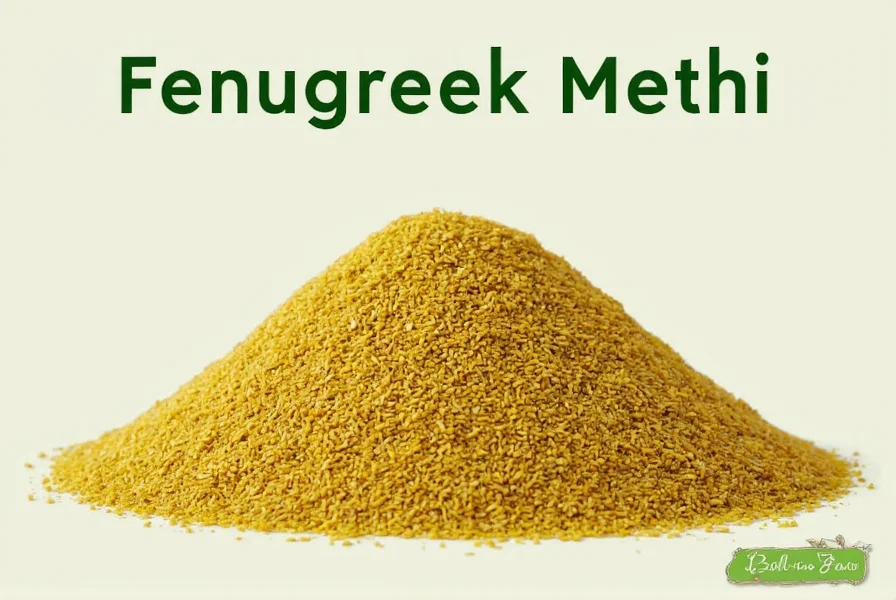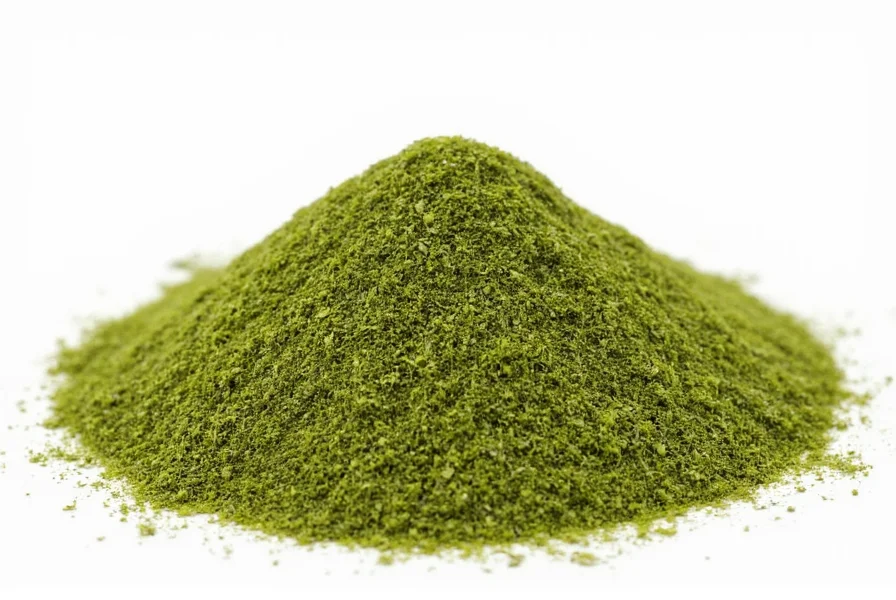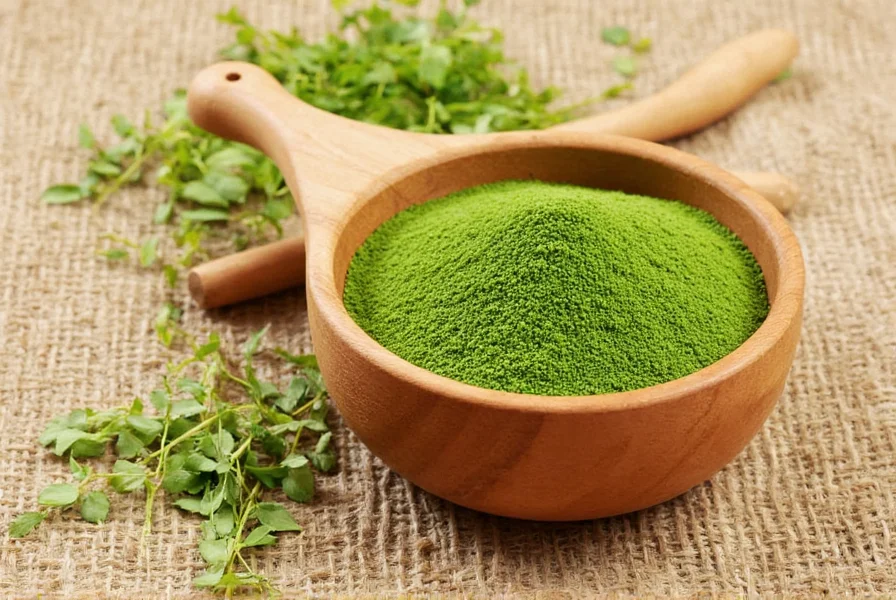Fenugreek, or methi as it's traditionally called in South Asia, represents one of the oldest medicinal plants with documented use dating back to ancient Egyptian times. This versatile herb serves dual purposes in both the kitchen and medicine cabinet, with its bitter-tasting seeds and aromatic leaves featuring prominently in global cuisines and traditional healing systems.
Botanical Profile and Historical Significance
Fenugreek (Trigonella foenum-graecum) belongs to the Fabaceae family and grows as a hardy annual plant reaching 1-2 feet in height. The plant produces small white flowers that develop into slender pods containing 10-20 golden-brown seeds—the primary component used worldwide. Historical records show fenugreek's presence in Egyptian tombs dating to 1500 BCE, where it served both culinary and embalming purposes. Ancient Greek and Roman physicians prescribed fenugreek for digestive issues and wound healing, while traditional Ayurvedic and Chinese medicine systems have incorporated it for millennia.

Culinary Applications Across Global Cuisines
The culinary versatility of fenugreek methi makes it indispensable in multiple world cuisines. In Indian cooking, both dried and fresh methi leaves feature prominently:
| Cuisine | Primary Use | Preparation Method |
|---|---|---|
| Indian | Curries, pickles, spice blends | Dry roasted seeds in tadka, fresh leaves in parathas |
| Middle Eastern | Bread, stews, coffee substitute | Ground seeds in dukkah, whole in ful medames |
| Mediterranean | Salad greens, herbal teas | Fresh leaves in salads, sprouted seeds in sandwiches |
| Ethiopian | Spice mixtures, traditional medicines | Ground in berbere spice blend, medicinal teas |
The characteristic maple-like aroma of fenugreek develops when seeds are dry roasted, transforming their naturally bitter flavor into a complex, nutty profile. Chefs often toast methi seeds before grinding to incorporate into curry powders or tempering oils. Fresh methi leaves, known as kasuri methi, provide a distinctive flavor to dishes like methi paratha and sambar.
Scientifically Supported Health Benefits
Modern research increasingly validates traditional uses of fenugreek methi, particularly regarding metabolic health. Multiple clinical studies demonstrate fenugreek's potential for blood sugar management. A 2020 meta-analysis published in Nutrition Reviews concluded that fenugreek supplementation significantly reduced fasting blood glucose levels in prediabetic and type 2 diabetic patients. The mechanism appears related to 4-hydroxyisoleucine, an amino acid in fenugreek that stimulates insulin secretion and improves insulin sensitivity.
Lactation support represents another well-documented benefit of fenugreek for nursing mothers. Research in the Journal of Alternative and Complementary Medicine found that mothers consuming fenugreek supplements experienced increased milk production within 24-72 hours. The galactagogue effect likely stems from diosgenin, a compound that mimics estrogen and stimulates milk duct activity.
Additional evidence supports fenugreek's anti-inflammatory properties. A 2021 study in Phytotherapy Research demonstrated reduced inflammatory markers in participants taking fenugreek extract, suggesting potential applications for managing chronic inflammatory conditions.
Nutritional Composition of Fenugreek Methi
Fenugreek seeds pack impressive nutritional density in small quantities. One tablespoon (6.7g) of ground fenugreek contains:
- 23 calories
- 3g dietary fiber (11% of daily value)
- 1.1g protein
- 15% of the daily value for iron
- 7% of the daily value for magnesium
- Significant amounts of manganese, copper, and vitamin B6
The leaves contain different nutritional profiles, offering substantial vitamin K, vitamin C, and folate. Both forms provide saponins, flavonoids, and alkaloids that contribute to fenugreek's therapeutic properties. Understanding these fenugreek methi nutritional benefits helps explain its traditional medicinal applications.
Practical Consumption Methods
Consumers can incorporate fenugreek into their routines through multiple approaches:
Seeds
- Dry roasting: Toast whole seeds in a dry pan until fragrant (2-3 minutes), then grind for spice blends
- Soaking: Soak 1 teaspoon seeds overnight, consume the water and softened seeds in the morning for fenugreek for diabetes management
- Tea: Steep 1 teaspoon crushed seeds in hot water for 10 minutes
Leaves
- Fresh: Add to salads, curries, or stir-fries
- Dried (kasuri methi): Crumble into dishes during cooking for concentrated flavor
- Infused oil: Heat dried leaves in oil for medicinal applications

Safety Considerations and Potential Side Effects
While generally safe when consumed in culinary amounts, fenugreek side effects and precautions warrant attention. Common reactions include:
- Mild gastrointestinal discomfort at higher doses
- Maple syrup-like body odor (harmless but noticeable)
- Potential hypoglycemia when combined with diabetes medications
- Allergic reactions in individuals sensitive to legumes
Pregnant women should avoid medicinal doses of fenugreek as it may stimulate uterine contractions. Those with peanut or chickpea allergies should exercise caution due to potential cross-reactivity. The recommended daily dosage for therapeutic use ranges from 5-50 grams of defatted seed powder, though culinary use typically involves much smaller quantities (1-2 teaspoons).
Traditional Wisdom Meets Modern Science
The enduring popularity of fenugreek across cultures demonstrates the intersection of traditional knowledge and scientific validation. While ancient practitioners couldn't explain the biochemical mechanisms, their empirical observations align with contemporary research on traditional uses of fenugreek in Ayurveda and other healing systems. Modern extraction techniques now isolate specific compounds like diosgenin for pharmaceutical applications, while everyday consumers continue benefiting from whole-plant preparations that have stood the test of time.
Integrating Fenugreek Methi Into Daily Life
For those exploring how to use methi seeds in cooking or for health benefits, gradual incorporation works best. Start with small culinary amounts to assess tolerance before considering therapeutic doses. Combine fenugreek with complementary spices like turmeric and cumin to enhance both flavor and potential health synergies. Remember that consistency matters more than quantity—regular moderate consumption yields better results than occasional high doses.
What is the difference between fenugreek and methi?
Fenugreek and methi refer to the same plant (Trigonella foenum-graecum). "Methi" is the Hindi and Urdu term commonly used in South Asia and the Middle East, while "fenugreek" is the English name derived from Latin. Both terms describe the same seeds, leaves, and plant with identical properties.
How much fenugreek should I take daily for health benefits?
For general health maintenance, culinary use of 1-2 teaspoons of seeds daily is sufficient. For specific therapeutic purposes like blood sugar management, studies typically use 5-50 grams of defatted seed powder daily, but you should consult with a healthcare provider before taking medicinal doses, especially if you have health conditions or take medications.
Can fenugreek help with hair growth?
While scientific evidence is limited, traditional practices use fenugreek for hair health. The seeds contain proteins and nicotinic acid that may strengthen hair follicles. Many people apply fenugreek paste or oil topically to reduce hair fall and promote growth, though more research is needed to confirm these effects.
Does fenugreek interact with medications?
Yes, fenugreek may interact with diabetes medications (potentiating their effects and causing hypoglycemia), blood thinners (due to vitamin K content), and medications metabolized by certain liver enzymes. Always consult your healthcare provider before using fenugreek medicinally if you take prescription medications.
How long does it take for fenugreek to increase milk supply?
Many nursing mothers report increased milk production within 24-72 hours of starting fenugreek supplementation at recommended doses (typically 3-6 grams daily). However, individual responses vary, and some women may not notice effects. If no improvement occurs after one week, fenugreek likely won't be effective for that individual.
Conclusion
Fenugreek methi represents a remarkable bridge between ancient wisdom and modern science. Its dual role as both culinary staple and medicinal herb continues to gain scientific validation while maintaining cultural significance across multiple continents. When used appropriately with awareness of proper preparation methods and potential interactions, fenugreek offers a versatile natural option for enhancing both flavor and wellbeing. As with any bioactive compound, moderation and informed usage remain key to safely experiencing the full spectrum of fenugreek methi health benefits without adverse effects.











 浙公网安备
33010002000092号
浙公网安备
33010002000092号 浙B2-20120091-4
浙B2-20120091-4